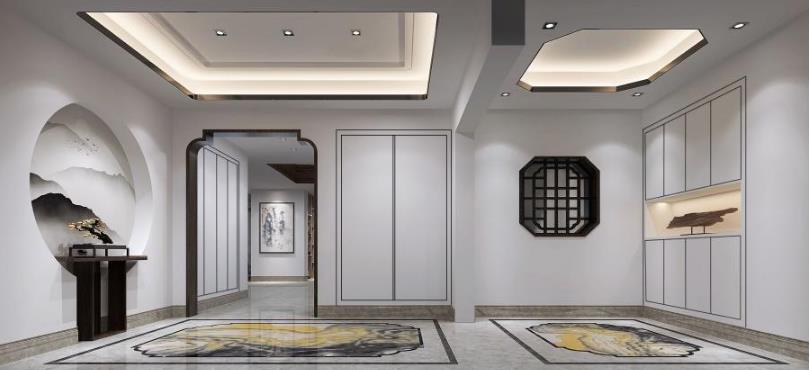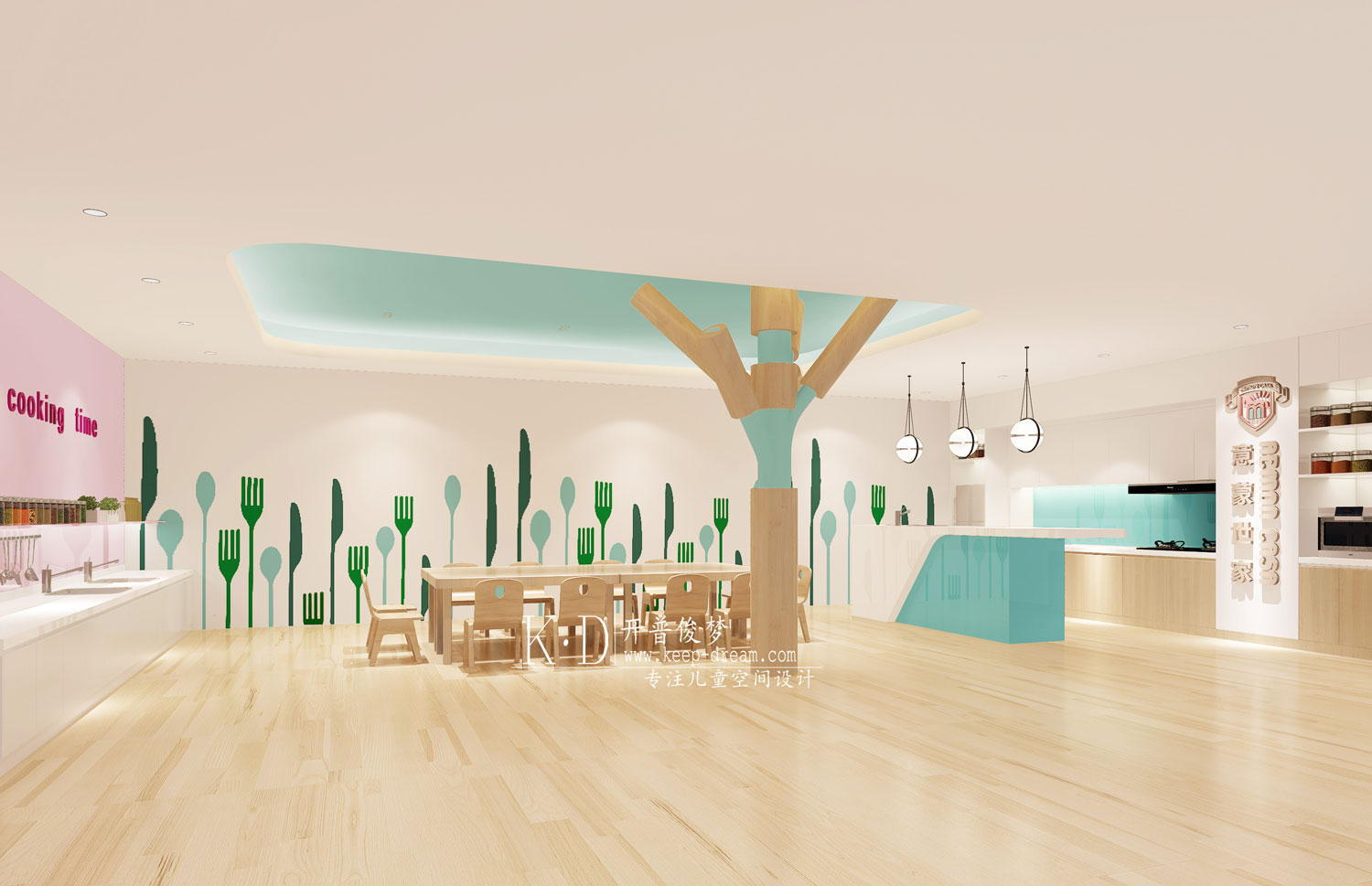Knot House Atelier Chang
2014-08-20 01:00
架构师提供的文本描述。五座白色的雕塑建筑坐落在韩国Geoje岛南部海岸的悬崖上。白色的墙壁本身就会折叠起来,从每栋房子中都可以看到一片私人海景。在建筑物和海洋之间生长的高大松树形成了偶尔的观景框架。这是被称为“心灵之家”(House Of Mind)的接待团体的第二个选择。
Text description provided by the architects. Five white, sculptural buildings rest on a cliff of the southern coast in Geoje Island, South Korea. The white walls fold in themselves to create a private ocean view from each house. Tall pine trees that grow between the buildings and the sea form occasional view frames. This is the second resort for the hospitality group called “House of Mind.”
© Kyungsub Shin
c KyungsubShin


顶层的两层结屋既是会所,也是业主的住所.在会馆的边缘,一个V形的无限池与远处的海洋融为一体.另有四间一层楼高的打结屋,可容纳六间客房。建筑工地的狭长地带提供了一个最初的挑战,以适应最大数量的单位,同时保持隐私和海景。张工作室建议将每栋房子的布局向大海倾斜40度。这一令人震惊的景观为客人提供了不受限制的海景,并为私人区域创造了独特的空间。同时,它放大了屋顶的动态轮廓,游客可以在那里读取形成多山峰的白色角团的连续性。
The two-storey Knot House at the top is a clubhouse as well as the owner’s residence. At the border of the clubhouse, a V-shaped infinity pool merges with the ocean afar. Four other one-storey Knot Houses host six guest rooms. The narrow and long strip of the building site provided an initial challenge to fit maximum number of units while maintaining privacy and ocean view. Atelier Chang suggested a layout to turn each house by 40 degrees toward the sea. This staggering allows an unrestricted ocean view for the guests and produces niches of private zones. Simulta¬neously, it amplifies the dynamic outline of the roofs where the visitor can read the continuity of the white angular masses forming mountainous peaks.
© Kyungsub Shin
c KyungsubShin


纽结的折叠和展开会在建筑物内外形成不同的缝隙。在前面展开结的地方,3到5米高的窗户向海景敞开。在后面,它紧固,为隐私提供了完整的外壳。
The knot’s folding and unfolding creates different aperture in and outside the building. Where the knot unfolds in the front, 3 to 5 meter full height windows open toward the ocean view. In the rear, it tightens up and provides complete enclosure for privacy.
© Kyungsub Shin
c KyungsubShin


结最松的地方,沐浴的亲密体验设法逃到外面的花园。此刻,内外的界限似乎模糊了。坐在按摩浴缸里望着浴缸两边的海洋和花园,可能会觉得很讽刺。这个结的战略策略旨在提供这样一种独特的体验,同时保持隐私。这个结继续作为室内干预的一条木条,它划分了一个私人的区域,床和浴缸坐在开放的客厅。
Where the knot gets most loose, an intimate experience of bathing manages to escape out to the exterior garden. The boundary between the inside and outside seems blurred at this moment. It may feel ironic to be sitting in a Jacuzzi looking out to the ocean and garden on either side of the tub. The strategic manoeuvre of the knot aimed at providing such a unique experience while maintaining privacy. The knot continues as an interior intervention on a wooden strip. It demarcates a private zone for bed and tub sitting in the open living room.
Floor Plan
.jpg)

在项目的概念阶段,如何通过建筑实现室外景观与室内生活空间的无缝连接是一个关键问题。为了回答这个问题,人们不得不停止将建筑物与地面分开,相反,张雅丽想象出一个由景观构成的表面,最终折叠成一个结,形成一个圈套。野性景观涌入露台,形成了草药花园的图案,并逐渐持续地到达室内。
During the concept phase of the project, a key question was how to achieve seamless spatial connection between outdoor landscape and indoor living space through architecture. To answer that question, one had stop separating the building from the ground. Instead Atelier Chang imagined a surface made of landscape, which eventually folds into a knot to create an enclosure. The wild landscape floods into the terrace, generates patterns of herb garden, and gradually reaches the interior in continuous manner.
© Kyungsub Shin
c KyungsubShin


最初的设计是为了提供三种模拟不同纽结的类型。就像从目录中选择产品一样,有兴趣的客户可以选择多种类型,然后形成适合网站的独特总体计划。从房地产角度来看,该项目还带来了多种优势。一开始,可以建造多个单位作为招待所,以获得即时收入。几年后,它们可以转换成住宅单元出售。设计本身考虑到了从客服单元到功能齐全的住宅的整个生命周期的适应性。
The initial design was conceived for providing three typologies that mimic different knots. Like choosing a product from a catalogue, an interested client can choose and combine multiple typologies, then form a unique master plan to suit the site. Also the project brings multiple advantages from the real-estate point of view. At first, multiple units can be built for hospitality to generate immediate income. Years later, they can be converted and sold as residential units. The design itself took account of adaptability throughout the life span of the building from a guest unit to a fully functioning residence.












































.jpg)

.jpg)

.jpg)



.jpg)

.jpg)

.jpg)

.jpg)

.jpg)

.jpg)

.jpg)

.jpg)



Architects Atelier Chang
Location Geoje-si, South Korea
Category Houses
Design Team Soohyun Chang, Federica Russo, Ryan Day, Hyunwoo Chung
Area 403.0 sqm
Project Year 2014
Photographs Kyungsub Shin
























